The fluidic wearable device is less wasteful when it comes to water, but equally effective alternative to water immersion therapy.
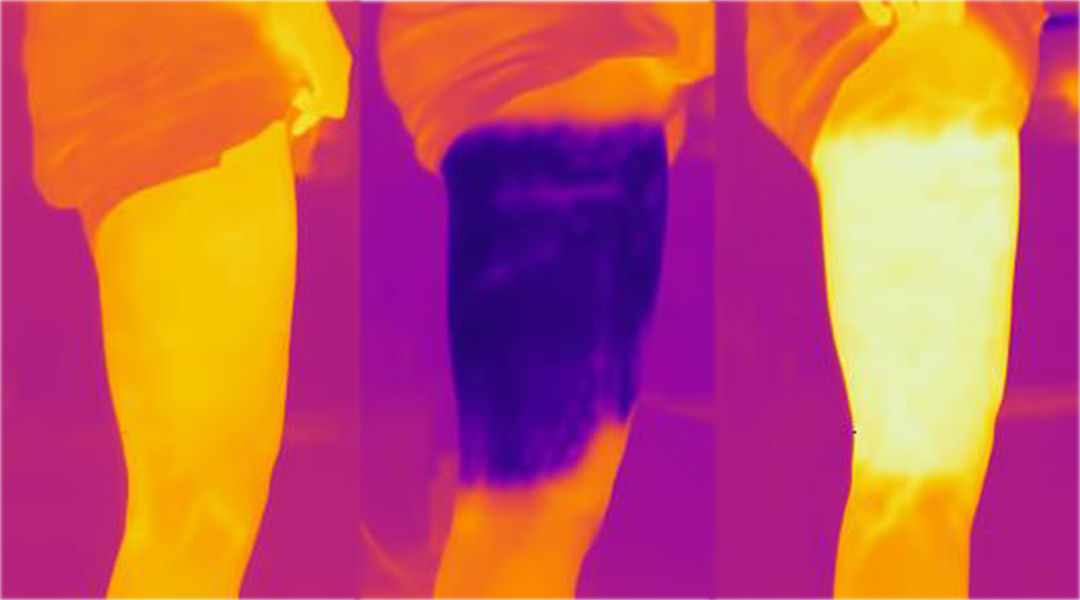

The fluidic wearable device is less wasteful when it comes to water, but equally effective alternative to water immersion therapy.
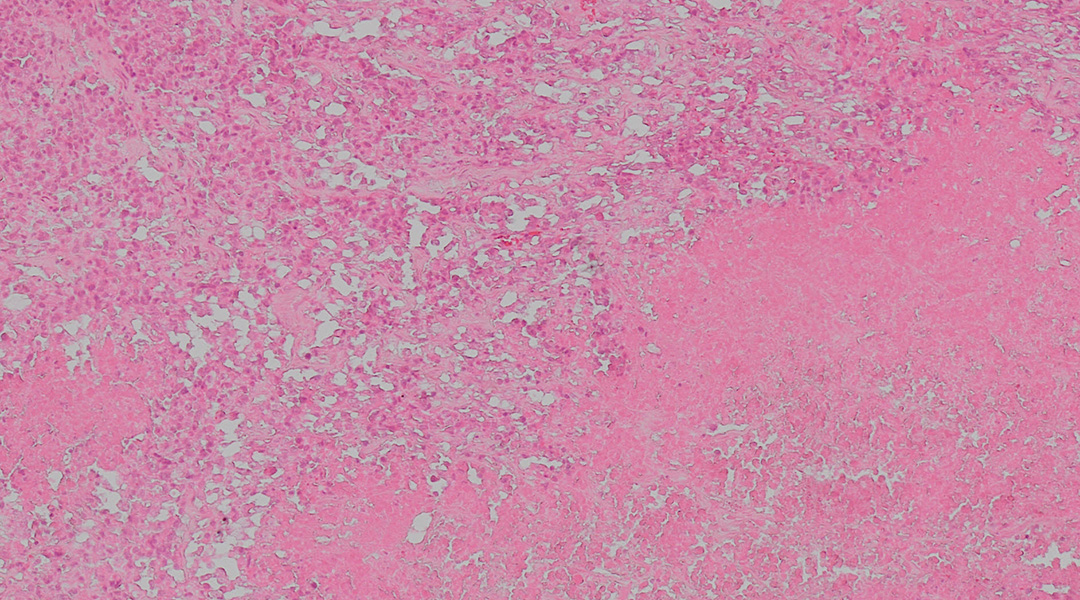
Researchers developed a laser-activated drug that targets and destroys chemotherapy-resistant pancreatic cancer cells in mice.
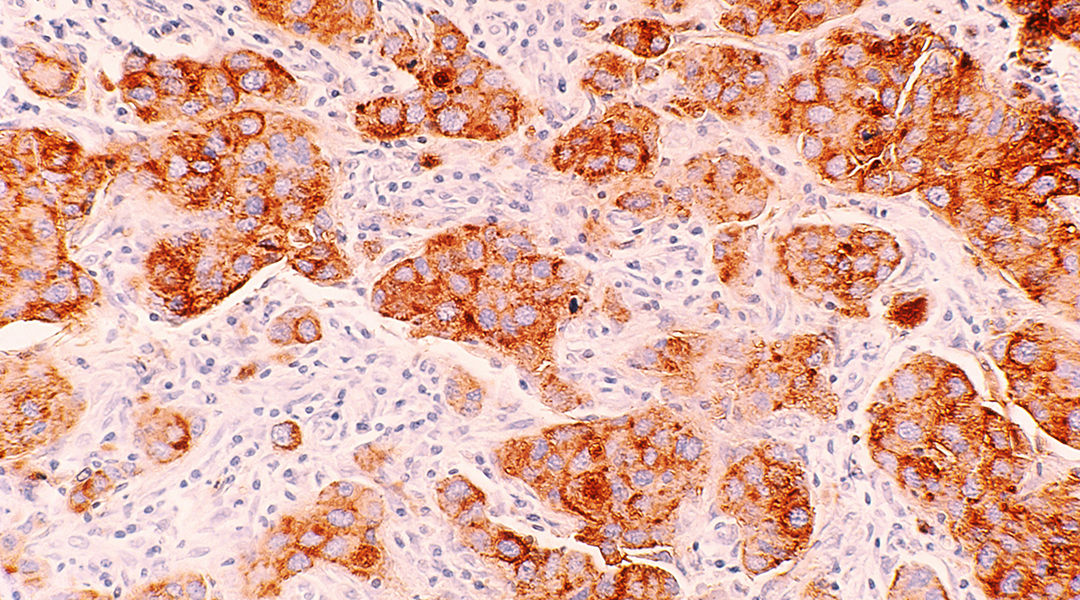
A new study reveals that lacidipine, a common antihypertensive medication, slows tumor growth in triple-negative breast cancer.
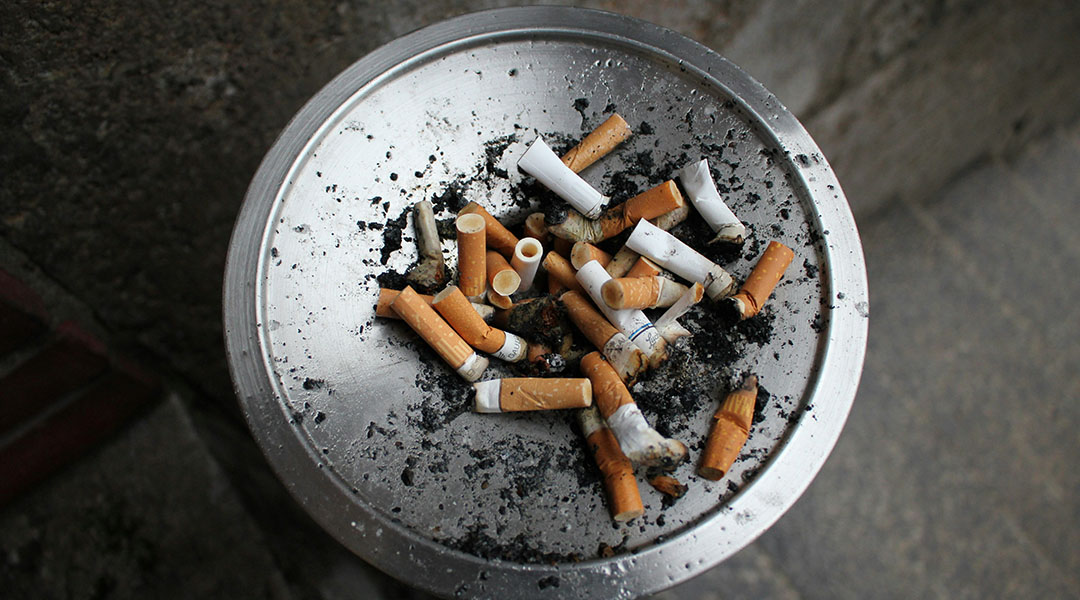
Researchers discover that a Parkinson’s drug, procyclidine, can reduce physical nicotine withdrawal symptoms, such as tremors and immobility.

Pathogenic bioaerosols detected at household garbage collection sites may contribute to vascular aging with high chronic exposure.

The protein helps convert white fat tissue into calorie-burning beige fat, providing a potential target for weight loss and obesity treatments.
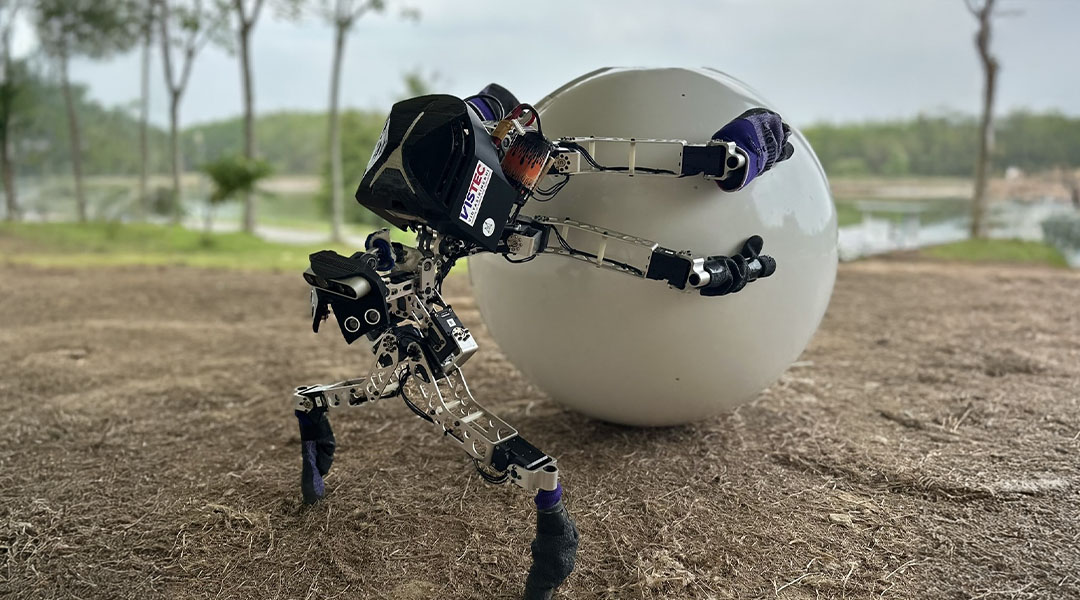
Robots modelled after dung beetles leverage nature’s ingenuity with efficient, space-saving object-rolling mechanics.
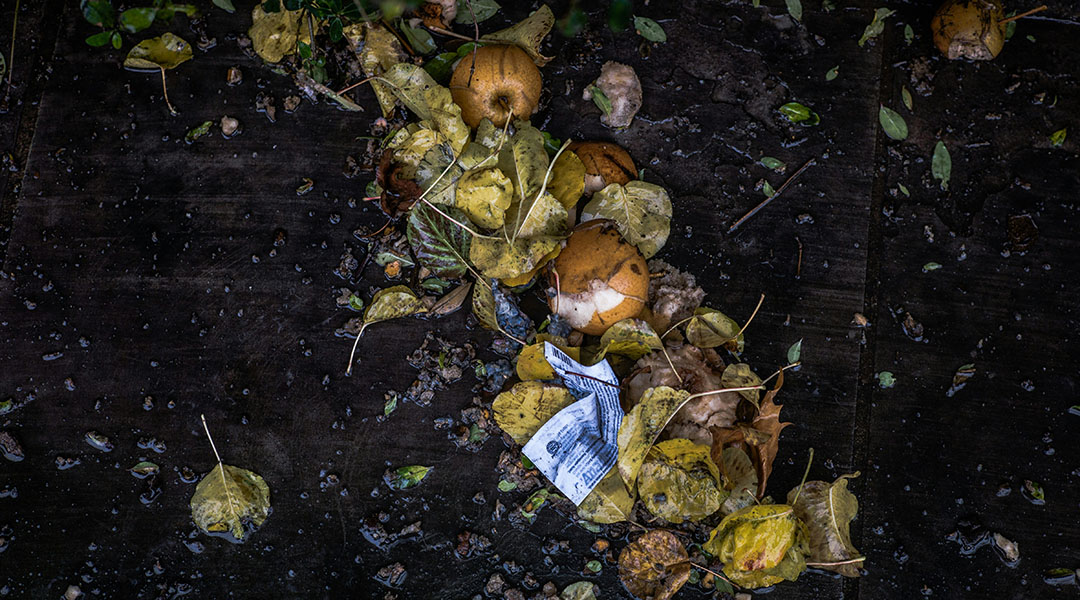
In the future, small electronics could be powered by fallen leaves, shed fur, and other waste materials found in nature.
https://www.youtube.com/watch?v=Q6OesBgrbgE Researchers are exploring a new approach to cancer treatment by transforming tumor cells into a more rigid, fibrotic state, which may help to slow cancer’s growth. Traditionally, fibrosis — a process that thickens tissue —...
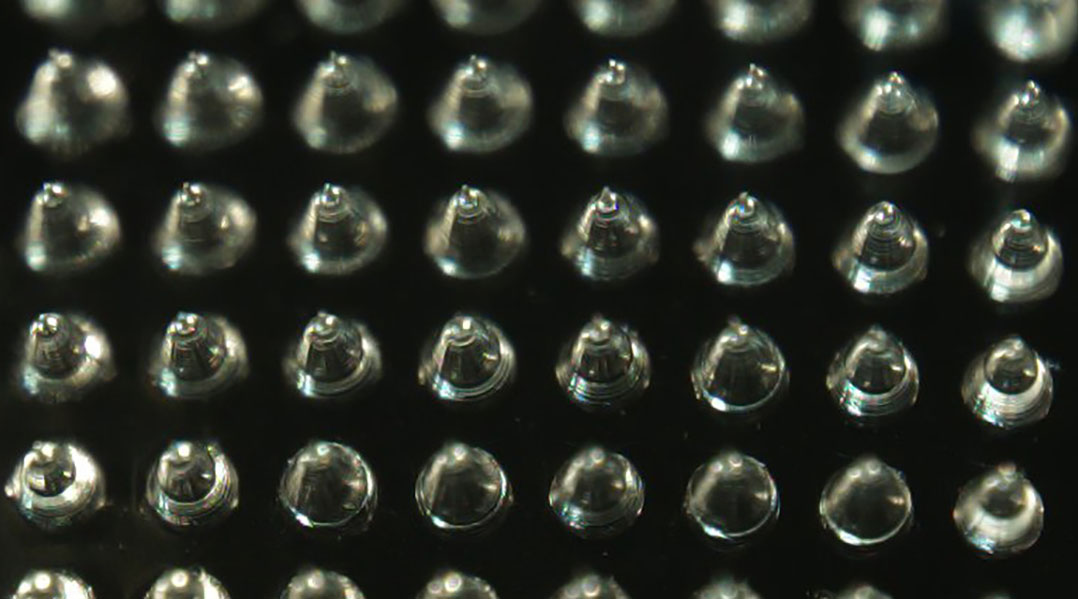
Microneedles allow scientists to precisely control the delivery of drugs to chronic wound sites and restore natural healing processes.